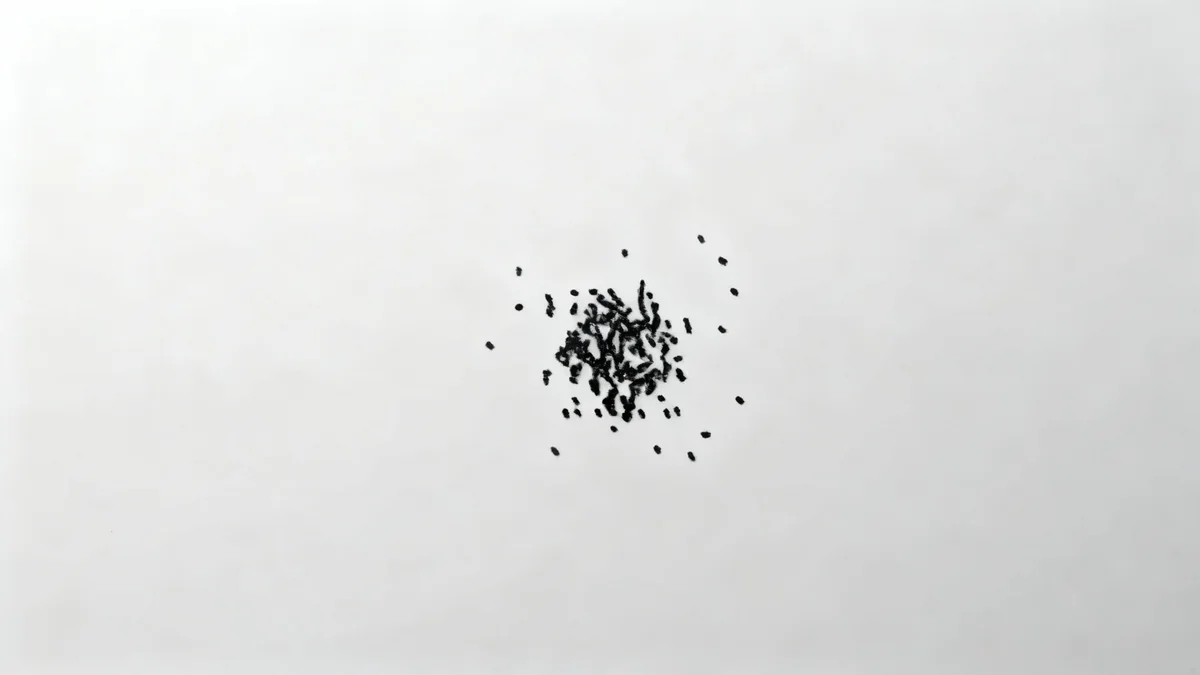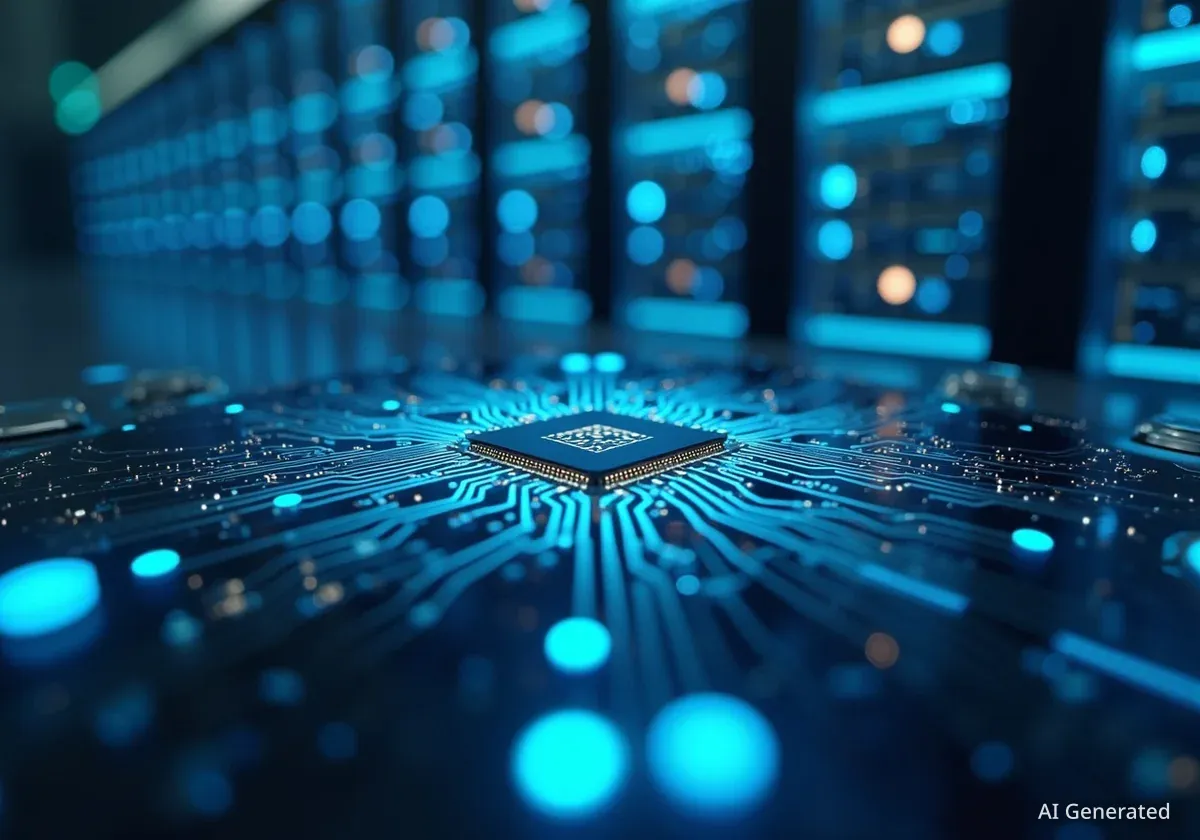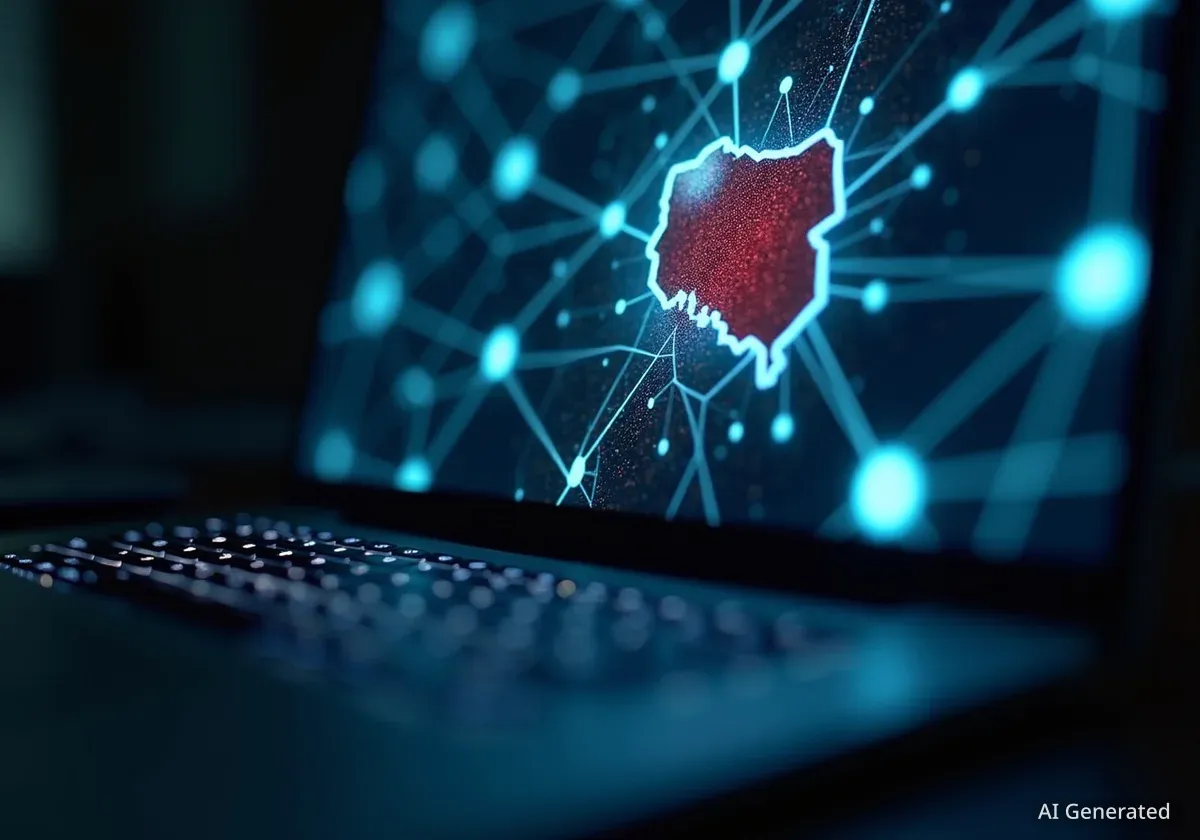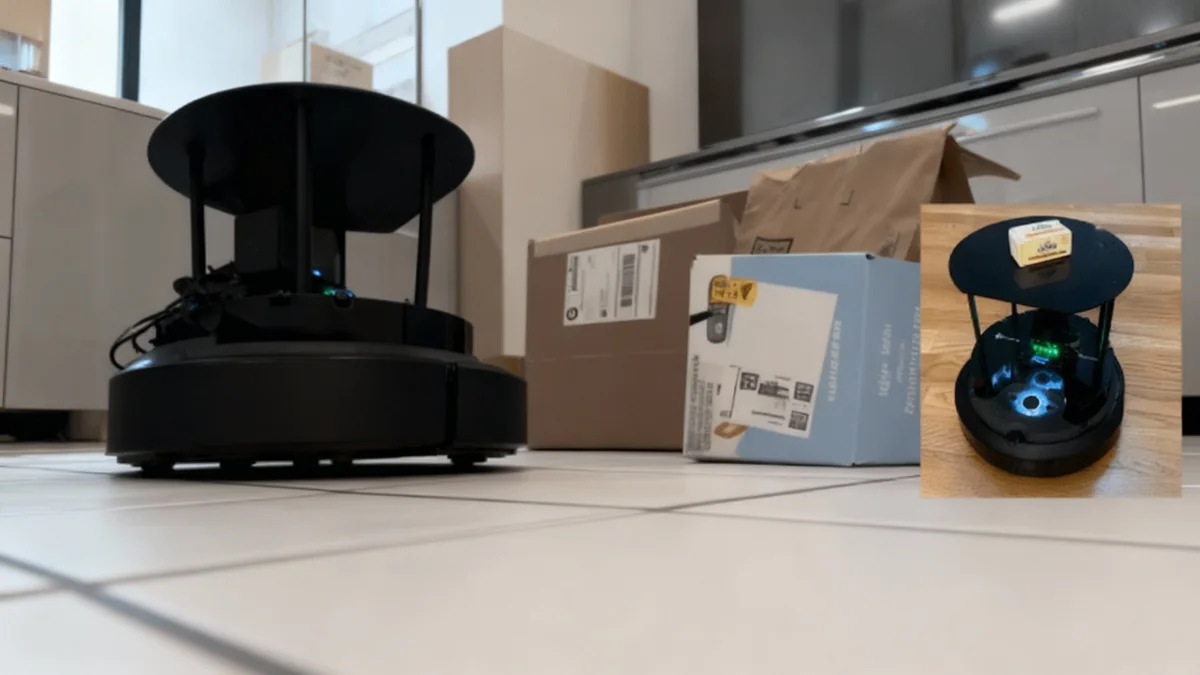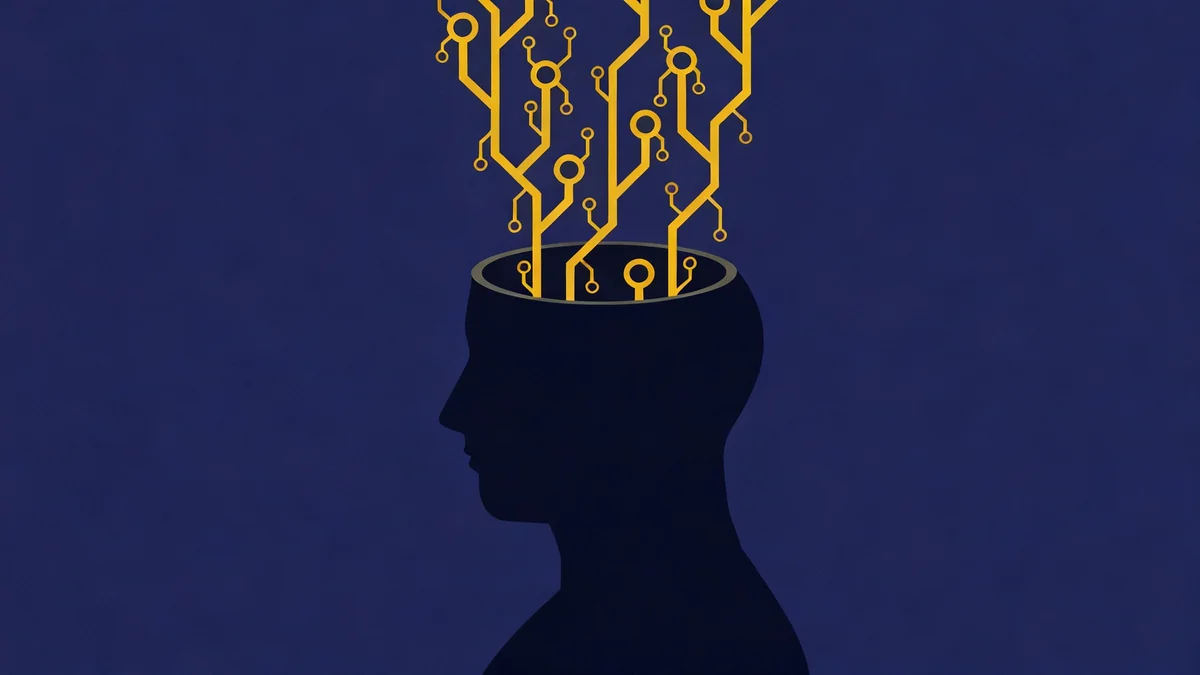A new frontier in robotics is drawing inspiration from nature's smallest collaborators: ants, bees, and even slime molds. Researchers are developing swarms of tiny, simple robots that can work together to perform complex tasks, a field known as swarm robotics. This approach abandons the idea of a single, intelligent machine in favor of collective intelligence, where decentralized units achieve remarkable goals through simple, local interactions.
Unlike traditional robotic systems that rely on a central command unit, swarm robots operate autonomously. Each individual robot follows a basic set of rules and interacts only with its immediate neighbors. This decentralized model allows the group to adapt, divide, and conquer challenges in ways that are impossible for a single, complex robot. The potential applications range from environmental cleanup and disaster response to targeted medical treatments and advanced manufacturing.
Key Takeaways
- Decentralized Intelligence: Swarm robotics uses many simple robots that communicate locally, without a central controller, mimicking natural systems like ant colonies.
- Inspired by Nature: The field takes cues from ants, bees, and other social organisms that achieve complex goals through collective behavior.
- Scalability and Robustness: Swarms can easily be scaled up by adding more robots, and the failure of individual units does not compromise the entire mission.
- Emerging Applications: Potential uses include search and rescue missions, environmental monitoring, agriculture, and even targeted drug delivery inside the human body.
The Power of the Collective
The core principle of swarm robotics is that complex group behavior can emerge from simple individual rules. Think of an ant colony building an intricate nest or a flock of birds flying in perfect formation. No single bird or ant is directing the entire operation. Instead, each one follows basic instincts and reacts to the movements of those around it.
Researchers are applying this concept to machines. Each robot in a swarm is programmed with a limited set of instructions, such as "move towards a light source" or "avoid bumping into other robots." When hundreds or thousands of these simple machines are deployed together, their interactions produce a sophisticated, intelligent group behavior.
This approach offers significant advantages over traditional robotics. A single, highly advanced robot is often expensive, complex, and vulnerable. If it breaks down, the entire mission fails. In a swarm, the loss of a few individual units is not critical; the rest of the group can adapt and continue the task.
What Is Emergent Behavior?
Emergent behavior is a key concept in swarm intelligence. It describes how complex patterns and behaviors arise from the interactions of many simple, individual agents. The collective behavior of the swarm is more than just the sum of its parts and cannot be easily predicted by looking at a single robot's programming. This is the same principle that allows termites to build massive, ventilated mounds without a blueprint.
Communication Without a Commander
A defining feature of robotic swarms is their lack of a central leader. Instead of receiving orders from a single computer, the robots communicate directly with their neighbors. This communication can take various forms, depending on the environment and the task.
Some swarms use physical contact, bumping into one another to share information. Others might use light signals, like LEDs, to communicate their status or location. More advanced systems are being developed that allow robots to release chemical particles, creating trails for others to follow, much like ants leaving pheromone trails to a food source. In aquatic environments, robots might communicate using sound waves.
Researchers at Hanyang University have demonstrated how a swarm of microrobots can be manipulated using magnetic fields, causing them to split into two distinct groups and then regroup on command. This shows the potential for precise external control over a swarm's collective actions.
This decentralized communication makes the swarm incredibly resilient. There is no single point of failure. If the lead robot in a traditional system is disabled, the mission may be over. In a swarm, the group simply reorganizes and continues its work, with other robots stepping up to fill any gaps.
Real-World Applications on the Horizon
While much of the research is still in the experimental phase, the potential applications for swarm robotics are vast and transformative. The ability to deploy a large number of small, inexpensive, and disposable robots opens up possibilities in fields where traditional robotics would be impractical or too risky.
Search and Rescue Operations
In the aftermath of an earthquake or building collapse, a swarm of tiny robots could be released to navigate through the rubble. Their small size would allow them to access spaces too dangerous or tight for human rescuers or larger machines. By working together, they could map the area, locate survivors, and report back on structural stability without risking human lives.
Environmental Monitoring and Cleanup
Swarms of aquatic robots could be deployed to monitor water quality in oceans and rivers, tracking pollution sources or the health of coral reefs. In the event of an oil spill, a swarm could work collectively to contain the spill or deliver chemical agents to break down the oil. Their distributed nature would allow them to cover vast areas efficiently.
Precision Agriculture
In farming, swarms of small robots could tend to crops on an individual plant level. They could identify and remove weeds, apply precise amounts of water or fertilizer, and monitor for pests and diseases. This approach could significantly reduce the use of herbicides and pesticides while increasing crop yields.
"The idea is not to build one perfect robot, but to leverage the power of many simple ones. The collective is smarter, more resilient, and more adaptable than any single agent could ever be."
Challenges and the Path Forward
Despite its promise, swarm robotics faces several hurdles. One of the biggest challenges is programming the simple rules that will lead to the desired complex behavior. It is often difficult to predict exactly how a swarm will behave in a real-world, unstructured environment.
Powering thousands of tiny robots is another significant issue. Battery life is limited, and developing ways for the robots to recharge themselves autonomously—perhaps by returning to a central hub or drawing energy from the environment—is a critical area of research. Furthermore, ensuring that the robots can communicate effectively in noisy or complex environments remains a key challenge.
As researchers continue to refine the algorithms and hardware, we are moving closer to a future where swarms of robots are a common tool for solving some of our most pressing problems. By learning from the simple yet powerful strategies of the natural world, scientists are building a new generation of machines that are not just intelligent, but collectively brilliant.
